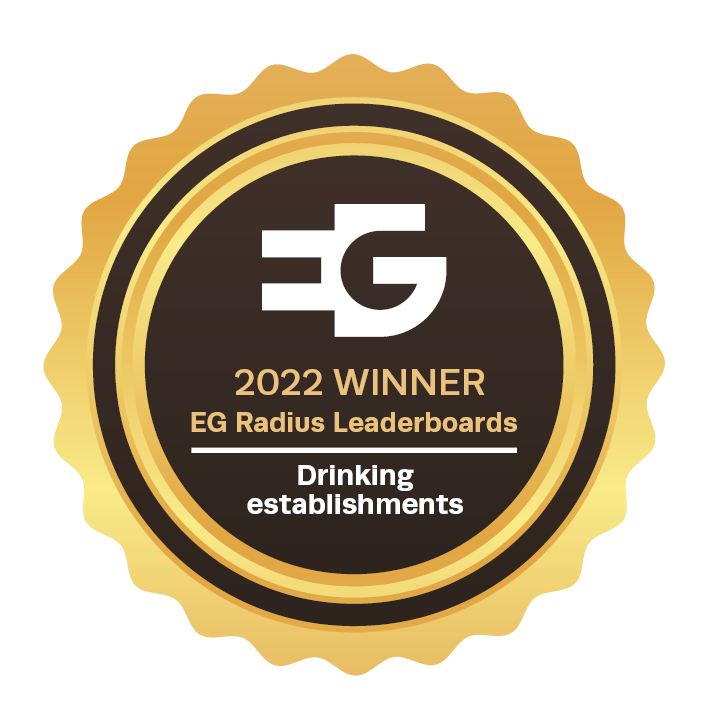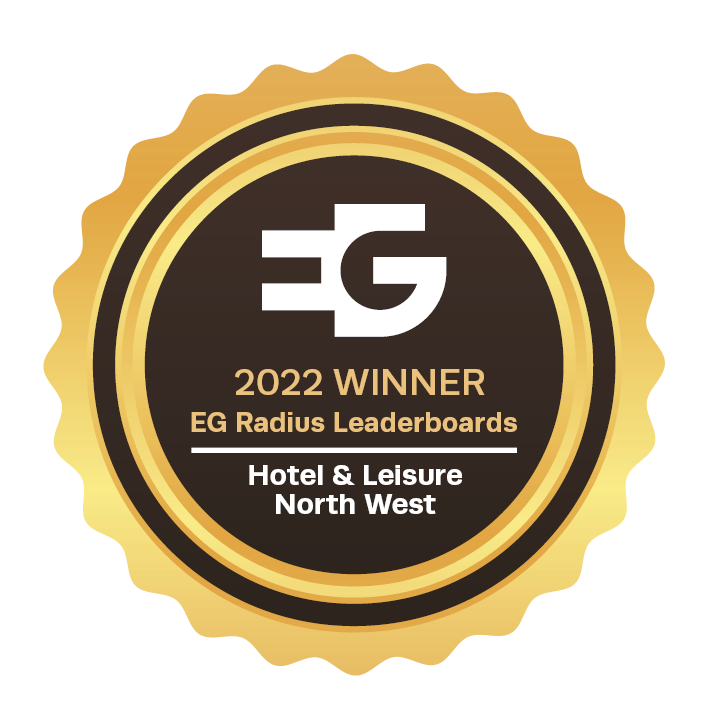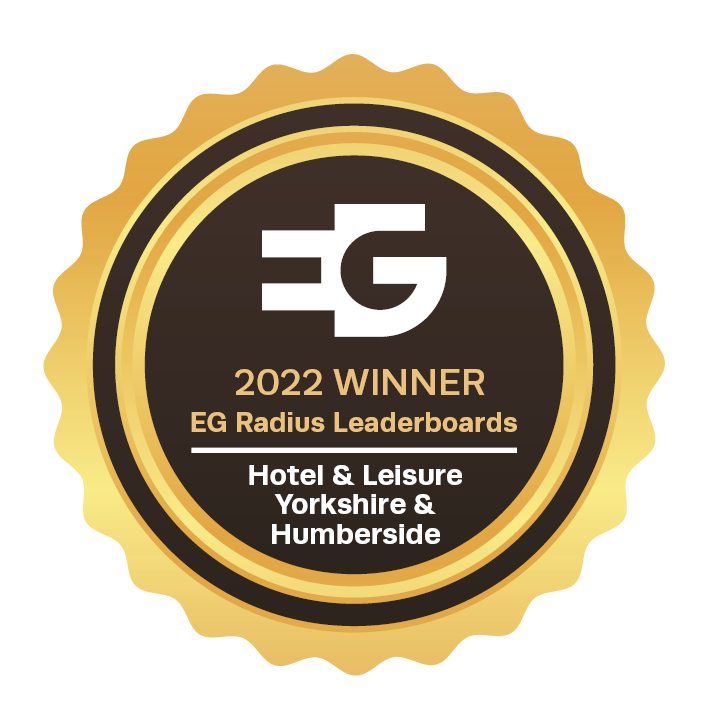







20/11/2014
It has been an exciting period within the hotel property sector, with many positive aspects to draw upon in terms of trading performance, transactional activity, mergers and acquisitions, brand roll out and expansion and new openings.
Five years ago, in 2009, we were instructed by the Receivers to act as Joint Agent in the sale of the freehold interest in a 0.68 acres mixed use development site in the heart of Soho in London's West End. This was acquired by Firmdale Hotels. The hotel was developed at a reported cost of circa £88m and opened in June as a luxury hotel with 91 bedrooms, 24 apartments, bar and restaurant, spa and gym, theatre and bowling alley, as well as providing 13 retail units. Securing such a site for a new build development of this nature in the heart of Soho is almost unknown and the quality of the product that has been developed by Tim and Kitt Kemp is testament to their flair and imagination.
Activity within Central London continues to dominate the hotel property sector, as expanding operators pursue their aggressive acquisition targets supported by strong economic and trading fundamentals.
At a recent conference hosted by Accor, their commitment to growth in the UK hotel sector, particularly within London, was clearly enforced, with an ongoing target of around 20 to 25 new hotels a year. Alongside similar ambitious plans promoted by the likes of Travelodge and Premier Inn, as well as the many emerging brands, demand for key opportunities is fierce.
This is, perhaps, not unsurprising given the rewards that are available. In their annual report and accounts for 2013/2014 Whitbread reported that its hotel estate, which comprises approaching 57,000 rooms, grew by 3,771 rooms during the year, with a reported pipeline of 11,500 rooms. Total revenue from the hotel and restaurant division increased by 9.8%, with underlying profit rising by 11.2%. Premier Inn reported like-for-like sales growth of 5%. With performance of this quality, it is no surprise that Whitbread have a target to reach around 75,000 UK rooms by 2018.
At a corporate level, the last six months or so have seen the acquisition by St James Hotels of 14 former Forestdale Hotels providing in excess of 860 bedrooms. Starwood Capital Group have been particularly acquisitive, securing 23 De Vere venues providing over 2,400 rooms reportedly for in excess of £230m, which followed on the heels of the group's £90m acquisition of six Four Pillars Hotels. More recently, Topland acquired eight Hallmark Hotels providing 730 rooms reportedly for £75m. Additional groups are also currently in the market, and news of further group level deals is imminent.
Traditional hotel investment sales are typically dominated by key brands such as Travelodge and Premier Inn. These are transacting at net initial yields of sub 4.5% in instances in the capital, albeit perhaps more typically reflecting between 5.5% and 7.5% in the regions, depending upon location, development size, price quantum, brand and, of course, tenant covenant.
There is far less transparity and much greater disparity in hotel pricing on a vacant possession basis, prices paid for trading entities varying enormously from as little as £20,000 per key in respect of distressed, provincially located hotel opportunities to in excess of £500,000 per key in relation to high quality, luxury opportunities in Central London. As ever, pricing continues to reflect the basic fundamentals of location, product quality and condition, operating standards and, of course, the availability of a proven track record of trade and profit performance.
Although in Central London, on the back of low interest rates, perceived income/asset security and value growth prospects, competitive bidding on acquisitions is driving hotel pricing to a level reflective of prime rental investment returns, sometimes lower, where buyers consider the underlying inherent 'property' value is ahead of the existing hotel value. Each asset must be considered very much on its own merits and it is misleading to generalise.
The provincial market continues to receive a steady trickle of distressed sales, perhaps most notably from within the unbranded mid-market three-star sector. This sector has, to a large extent, been subject to the greatest competitive pressures during recent years as a result of the 'squeeze' from improving standards of the budget hotel operators and the competitive pricing being promoted by the branded four star groups. These businesses often remain viable hotel operations, although the sector is seeing an increase in the number of hotels being acquired with a view to re-development for alternative uses.
The leasehold hotel market, particularly new lettings, remains dominated by a small number of the major expanding branded groups, such as Travelodge, Premier Inn and Accor, with hotel owners and investors seeking the comfort and security offered by brand profile and covenant strength. Letting activity in the private sector, particularly in the provincial market, remains subdued, although our recent letting of a small tourist hotel in Lancaster Gate, London identified strong operator appetite for such opportunities.
The present buoyancy of the hotel sector is difficult to dispute, albeit concentrating on the right properties in the right locations at the right prices. Market polarisation remains, however, as hotels in the provinces continue to feel the pressure, particularly in terms of profit conversion, as margins are struggling to keep pace with growing overheads. Performance, market and economic conditions and sector confidence are, however, improving which can only assist to fuel activity.